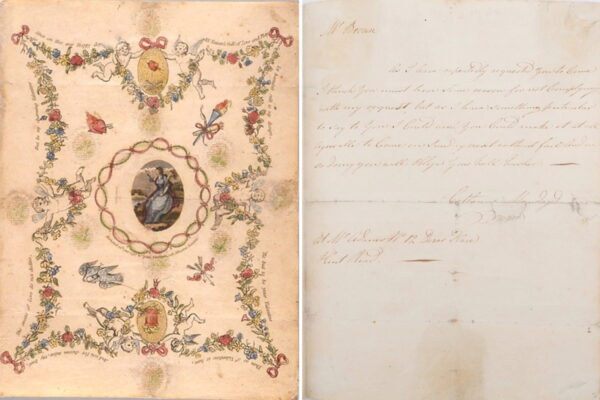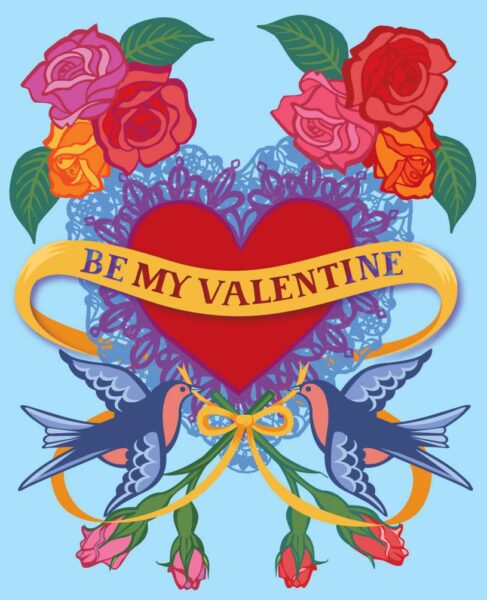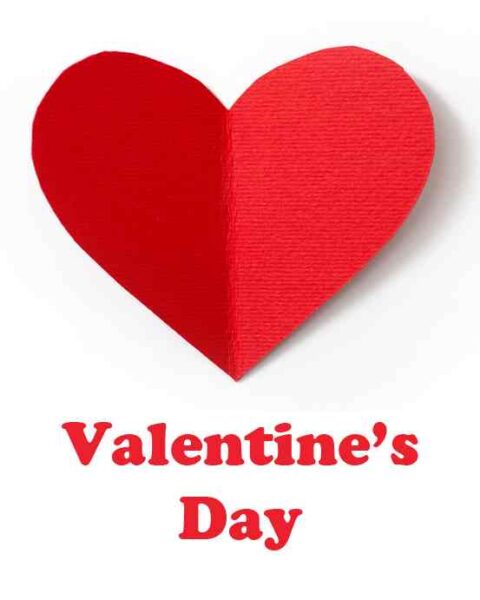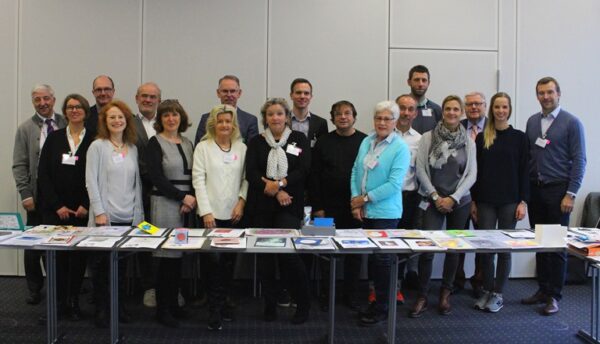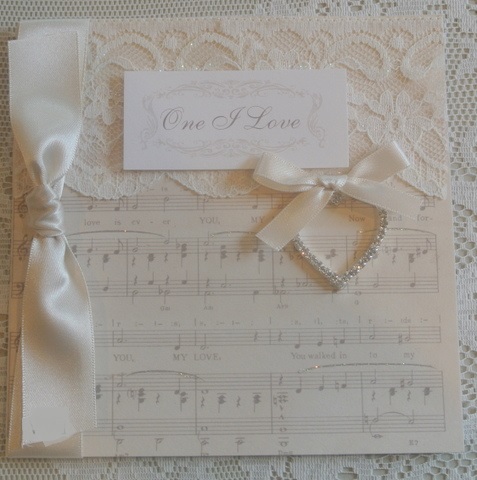 The American Greeting Card Association anticipates some 145 million printed cards will be purchased this year for Valentine’s Day in the U.S.
The American Greeting Card Association anticipates some 145 million printed cards will be purchased this year for Valentine’s Day in the U.S.
The US Greeting Card Association (GCA) anticipates approximately 145 million greeting cards will be purchased by Americans for Valentine’s Day 2014, with sales remaining relatively stable over last year. This figure is based on member company sales and does not include children’s packaged valentines for classroom exchanges. Valentine’s Day is the second-largest holiday for giving greeting cards, after Christmas.
It is also expected that traditional printed greetingscards will far outweigh the sending of ecards, texts, or social-media posts for the holiday, as exchanging “real” cards for Valentine’s Day – whether between loved ones or in children’s classrooms – is an inherent part of our culture.
The continued strength of Valentine’s Day cards is also evidenced by the National Retail Federation’s 2014 Valentine’s Day spending survey conducted by Prosper Insights and Analytics, which found that more than half (51.2 percent) of Americans over the age of 18 will be sending greeting cards for the holiday – spending $1.029 billion on Valentine’s Day cards this year.
“It’s amazing what a Valentine card can do,” says Steve Doyal, president of the Greeting Card Association. “It can be a lasting token of love, a surprise from a secret admirer, or a simple message of friendship. In a time of instant messages, a valentine card stands out and shows you genuinely care.”
Designs and messages cover the spectrum, from casual and fun to deeply personal and romantic, reflecting the range of relationships people acknowledge on Valentine’s Day. Design trends echo those happening in fashion and giftware; e.g., lace and die-cut embellishments are strong; and woodland themes featuring owls, bears, or foxes are a popular motif this year. Cats and dogs also continue to be favorite images on today’s valentines.
Red and pink still dominate the Valentine’s Day card display, with black accents adding sophistication. Creative calligraphy and type treatments, as well as beautiful attachments and favorite licensed properties, join the traditional images of hearts and flowers that are always part of Valentine’s Day card designs. Letterpress-printed cards, cards with sound and music, and pop-ups are also popular trends for valentines on the higher end of the retail price scale.
Valentine greetings have been exchanged since the Middle Ages in Europe. In 1850, Esther Howland, an American printer and artist, was among the first to publish and sell Valentine’s Day cards in the U.S. Exchanging valentines has since become a deep-seated part of our American culture.
Vintage Lace greeting card by Heart Designs







